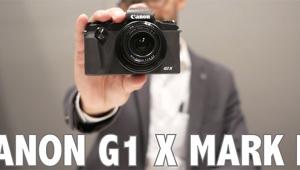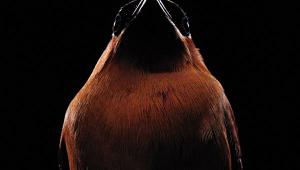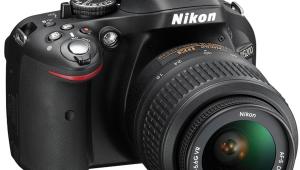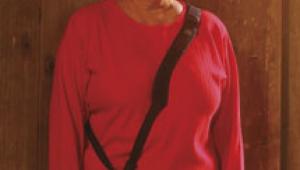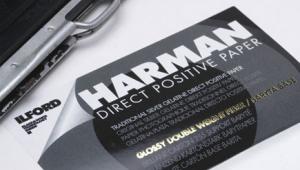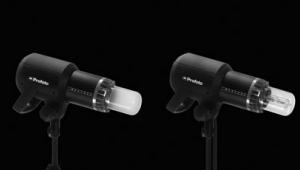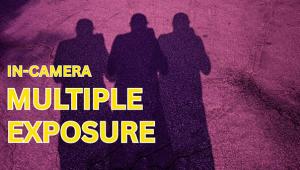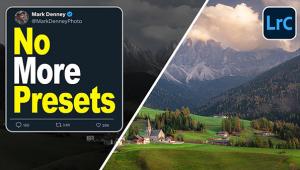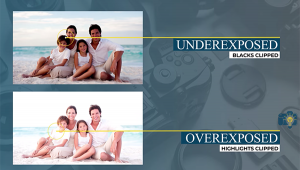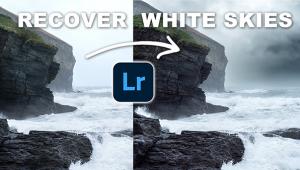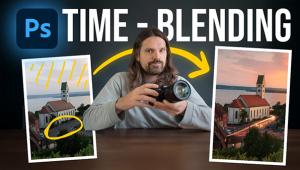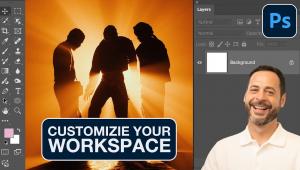Special Report: photokina
New Digital Cameras With Integral Lens
During the photokina 2004 show, many new digital cameras were introduced, including
many of the ultra-compact/simplified models that target snapshooters. While
some of those products will sell like the proverbial hotcakes, lack of space
precludes me from attempting to cover them all. Consequently, I decided to concentrate
on cameras intended for the photo enthusiast, as an alternative to a digital
SLR system or as a first digital camera for film photography enthusiasts who
want to try digital capture.
While exploring the numerous options that are currently available, I identified
a few meaningful trends. Particularly in the mid range and higher priced models,
larger LCD monitors, up to 2.5", are becoming common. Smaller monitors
(especially 1.8") are still more typical, because they consume less battery
power. Thanks to the superior new lithium ion batteries available today, larger
monitors should become the norm; even with the extra power consumption, the
best batteries last a long time. Swiveling/tilting LCD monitors are also becoming
more common. This feature can be useful occasionally: for
self-portraits, for low-level shooting, or for holding the camera above the
heads in a crowd at a concert or other event.
We're also starting to see more digicams with faster start-up times and
reduced shutter lag: with nearly instant response to a touch of the shutter
button. That's great for anyone who has missed a lot of candid photo opportunities,
waiting for an older digicam to finally take a shot. Some manufacturers are
publishing specs as to start-up time and for shutter lag (as short as 0.2 seconds)
for some cameras; the others simply state that a new model is faster than its
predecessors. In any event, the entire problem of digicam shutter lag should
be completely solved in the next year or so, by all major manufacturers.
And more good news. Digicam prices are dropping even more quickly than in the
recent past. For example, Concord (www.concordcam.com)
announced a 3-megapixel camera in a metal housing for $99.99: the 3043, with
a wide angle lens and all of the basic features for family picture taking. Add
$20 and you can get the similar 3346z, similarly equipped but featuring a 3x
optical zoom lens. Granted, these are not Concord's best cameras, but
they'll probably satisfy teens and some other families. While none of
the other familiar manufacturers have broken the $100 price barrier for a 3-megapixel
digicam (as of this writing), they'll probably move in that direction
to remain competitive at the low end of the market.
As the above might suggest, 3-megapixel sensors are being relegated to entry-level
models while 4-megapixel sensors are generally used in the moderately-priced
digicams. Most new mid range/advanced cameras now boast 5- or 6-megapixel sensors
while 7- and 8-megapixel resolution is quickly becoming the norm in the "prosumer"
category. Especially in the $500-$600 price range, an increasing number of digicams
boast longer optical zoom lenses, such as the Leica 35-420mm f/2.8 ED (with
optical Image Stabilizer) available in the 5-megapixel Panasonic Lumix DMC-FZ20K
(street price, $599; www.panasonic.com)
and the Schneider-Kreuznach 38-380mm f/2.8-3.7 zoom in the 5-megapixel Kodak
EasyShare DX7590 (street price, $499; www.kodak.com).
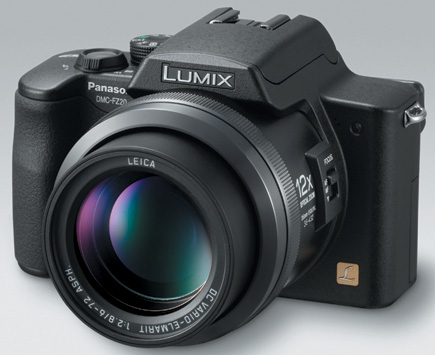
A Unique Widescreen Format
Even at a glance, the new Fujifilm FinePix F810 (www.fujifilm.com)
is obviously unique, because it sports an unusually long 2.1" LCD screen
that hints of the camera's unique new capability. This 6-megapixel digicam
allows for widescreen format (16:9) photography, generating long/narrow 3299x1800
pixel images. Naturally, the camera can also be used in standard (4:3) format
for more typical 2848x2048 pixel images. Its Fujinon 4x zoom provides the equivalent
of 32.

5-130mm focal lengths in standard mode and 35-142mm in widescreen mode. Although
some websites call widescreen images "panoramic," that term is not
correct. Think of the FinePix F810 as a camera that offers an option for making
moderately long/narrow pictures without cropping a conventional digital image
and losing pixels.
Speaking of pixels, do note that this 6-megapixel camera can capture 12 million
recorded pixels through internal interpolation, using the Super CCD HR (High
Resolution) sensor system. That translates to images with 4048x3040 pixels in
standard format or 3968x2232 pixels in widescreen mode. As expected, the FinePix
F810 is a full-featured camera loaded with a wide range of capabilities plus
extras such as JPEG and raw format recording for great versatility. It's
also fast, with a 1.2 second start-up time and shutter lag of a mere 0.05 seconds.
(Street price, $499.)
New 8-Megapixel Cameras
Although the first 8-megapixel cameras were introduced only eight months before
the photokina show, two manufacturers arrived in Germany with new/improved versions.
Think of the following trio as the proverbial tip of the iceberg, with many
more
8-megapixel digicams to follow over the next year or two.
The Konica Minolta DiMAGE A2 has been a highly-rated 8-megapixel camera with
built-in 28-200mm (equivalent) APO GT zoom and an Anti-Shake (Image Stabilizer)
system that shifts the CCD sensor module to compensate for camera shake. Now
there's a second, more affordable model using the same sensor. The new
DiMAGE A200 (http://konicaminolta.us)
omits some
non-essential A2 features such as the eye sensor for automatically activating
the electronic viewfinder, the tracking autofocus mode, PC cord terminal, and
wireless off-camera flash capability. However, it benefits from several enhancements
that will make it a highly desirable camera, including a slightly smaller and
lighter (17.8 oz) body, improved control layout, superior CxProcess III image
processor plus an advanced high-speed LSI "engine" and a flip-out
rotating (higher resolution) LCD monitor.
(Estimated price, $899.)

Nikon (www.nikonusa.com)
released two second-generation 8-megapixel cameras, starting with the Coolpix
8800 with magnesium-alloy body, swiveling 1.8" LCD monitor, and a 35-350mm
(equivalent) ED zoom. More importantly, this is the first Coolpix model to incorporate
a Vibration Reduction system, shifting optical elements for sharper images in
handheld shooting. Other enhancements over the earlier Coolpix 8700 include
more convenient controls, nine vs. five focus points, a few extra Program modes,
and autofocus-assist beam in the body (instead of the flash unit) for greater
low-light reliability. In addition to a more powerful built-in flash, this camera
now supports full i-TTL flash operation using the Nikon SB-800 or SB-600. In
camera software allows for shadow detail recovery and "Redeye Fix."
(Street price, $999.)

Similar in many respects, the new Coolpix 8400 is smaller and features a new
24-85mm (equivalent) ED lens, for those who prefer wide angle over telephoto
photography; it would be especially desirable with the optional 0.75x adapter
for ultra-wide 18mm coverage. Do note that the Coolpix 8400 does not incorporate
the Vibration Reduction system or the special software, but employs a more sophisticated
hybrid autofocus system. Like the Coolpix 8800, it's extremely versatile
and fast, with features such as nine-point autofocus sensor and TIFF, JPEG,
and raw capture, intended for serious photographers. (List price, $899.)




